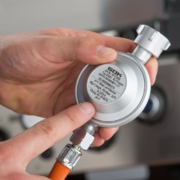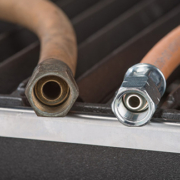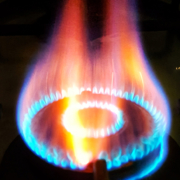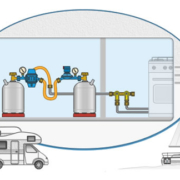Do GOK pressure regulators have a service life?
The product service life, also known as the product life cycle, is a major topic, particularly in the technical field. In recent years and decades, the product life cycle of such products has decreased considerably, which is due, among other things, to our “throwaway society” and the fact that development is progressing faster than ever before. Since some manufacturers specify the service life of their products, customers also ask GOK about it. In this article, we will answer the question of whether GOK pressure regulators have a service life.
Pressure regulators, also referred to as pressure reducers, may be subject to enormous stresses, for example:
- High, low or fluctuating temperatures,
- intensive use, gaskets and diaphragms made of rubber materials loaded many thousand times,
- UV radiation,
- aggressive ambient atmosphere or
- residues from LPG.
All this directly or indirectly affects the fitting.
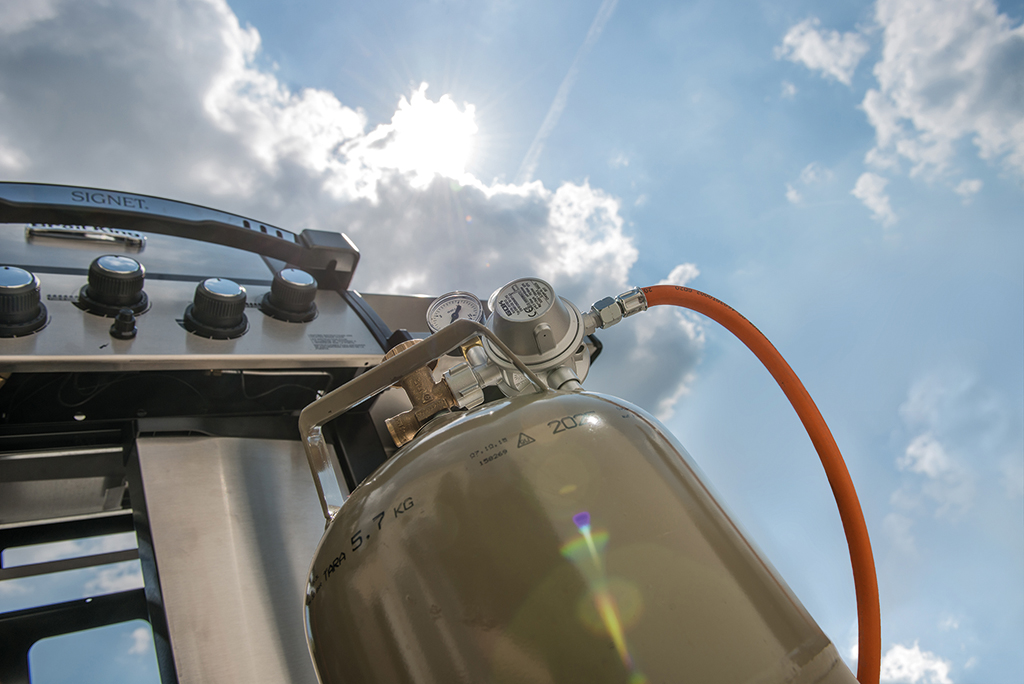
Through intensive UV radiation, components of an LPG system such as the pressure regulator or hose assembly wear faster. Despite the specified manufacturer’s recommendations, service life or replacement periods, the operator of the system must always keep a watchful eye on it.
Wear part pressure regulator
Depending on the extent of the load, a pressure regulator may be worn out quickly or last for many years. As the manufacturer we never know the exact conditions in which the user uses the fitting, nor can we make any statement about service life on a case-by-case basis.
Normally, a pressure regulator which is only used briefly every two months is not under as much stress as a fitting of the same type which is in continuous use – diaphragms and gaskets nevertheless age. You can compare this with passenger car tyres. Even if you barely move the car over the years, at some point, the material of the tyre will harden so much that you have to replace it.

Even if you rarely use a pressure regulator, the ageing process does not stop for the internal rubber parts. This can be compared with passenger car tyres. Despite low mileage, they have to be replaced at some point.
Note in the operating manual
We therefore provide a recommendation for replacing the fitting in all our operating manuals for pressure regulators. Here is an example of the wording: “To ensure that the installation works faultlessly under normal operating conditions, it is recommended that you replace the device within ten years of the date of manufacture.”
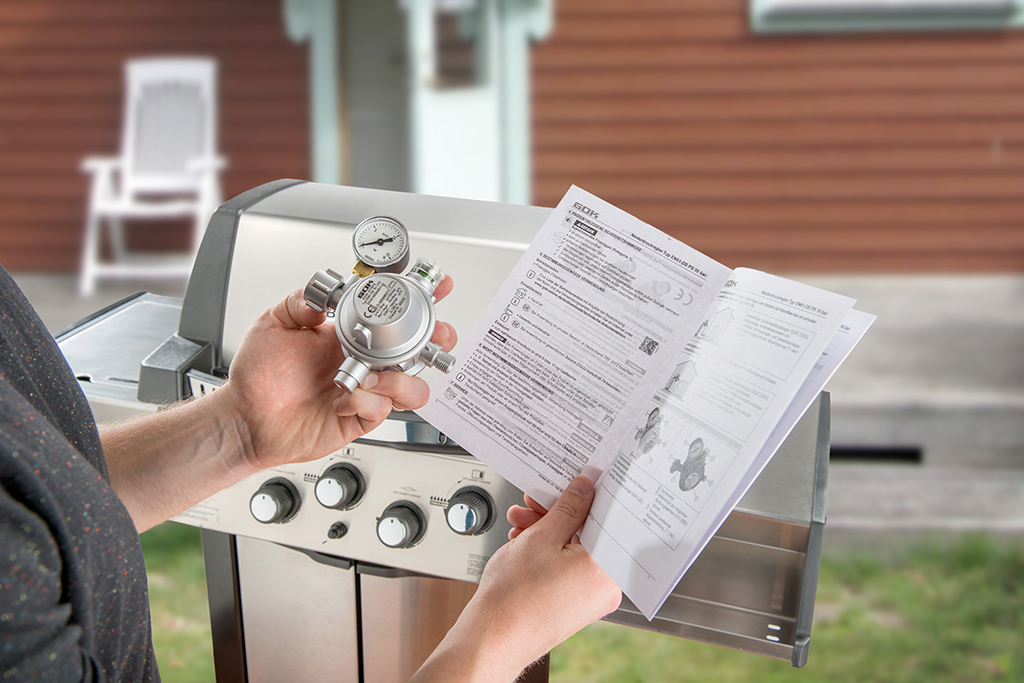
Frequently, you will find a recommendation in the GOK pressure regulators operating manuals of when you should replace the fitting at the latest.
GOK recommendation
This means: GOK recommends what the technical rules stipulate: Replace the pressure regulator after ten years at the latest. The start of this period can be found on the type label along with the date of manufacture.
This does not mean, however, that GOK designs their products so that they will always break after ten years. This statement from GOK can be regarded as an assessment of the service life of the product. In particular, if you refer to the definition of service life in the technical area of Wikipedia: “The service life in technology refers to the time that a technical system or object can be used without replacing core components or complete failure.”
Observe replacement periods
But be careful: You cannot use the pressure regulator for ten years in all applications. Due to replacement periods, limits are set for wear parts such as pressure regulators or hose assemblies during their service life. For example, if you use the fittings on boats, you must replace them after six years. If you operate a gas barbecue commercially, you must comply with a period of eight years.

As fittings such as pressure regulators or hose assemblies are subject to higher loads on boats and sailing vessels, the replacement period is also correspondingly shorter than in other LPG system application cases.
Conclusion for service life
In summary, it can be said that ten years from the date of manufacture is the guideline for the service life of GOK pressure regulators. Due to the large number of parameters (intensity of use, environment, etc.) the effective useful life can also be shorter. This is the case if, for example, malfunctions, leaks or damage occur during a recurring inspection of the LPG system.
In any case, the operator of an LPG system must be aware of when they are obliged to replace it at the latest. This is set out in the corresponding standards, laws or technical rules for the respective area of application.



